Headless CMS in 2025: The Next Evolution of Omnichannel Digital Content Delivery
Imagine this: your team needs to push an urgent product update across your website, mobile app, and IoT dashboard. What should take minutes ends up dragging into days—multiple tools, endless developer tickets, and a frustrated product manager.
Meanwhile, your competitors are rolling out updates in hours. The problem? Traditional CMS platforms were built for a one-website world, not for the omnichannel ecosystem businesses operate in today.
That’s where Headless CMS comes in—not just as another tool, but as the foundation for agile, scalable, and future-proof content delivery. Let’s explore why headless is reshaping the digital content landscape and how it can future-proof your business.
What is a Headless CMS?
A Headless CMS separates content creation (backend) from content presentation (frontend). Unlike traditional platforms like WordPress or Drupal, which combine editing and design into one system, headless cuts off the “head” (frontend), leaving a flexible backend.
Content is stored in a structured format—text, images, videos—and delivered through APIs (RESTful or GraphQL) to any channel: websites, mobile apps, voice assistants, AR/VR experiences, or even IoT devices.
- Content Hub – Your central library where content is created and stored.
- API-First Delivery – RESTful APIs for simple fetches or GraphQL for precise queries.
- Frontend Freedom – Developers design with tools like React, Flutter, or Next.js, without CMS restrictions.
In short, create once—publish everywhere.
Traditional CMS vs Headless CMS: A Strategic Comparison
- Traditional CMS: Great for single websites, but rigid for omnichannel. They lock content into themes and templates, making mobile apps or smart devices an afterthought.
- Headless CMS: Content lives in one place and flows to all platforms. Platforms like Contentful, Strapi, or Sanity let developers build customized experiences while marketing teams manage content centrally.
It’s the difference between a flip phone and a smartphone—one does the basics, the other scales with your ambitions.
Why Businesses are Choosing Headless CMS
1. Flexibility for Custom Experiences
Traditional CMS platforms box you in with templates. Headless offers a blank canvas where developers create experiences tailored to your brand and customers—whether for apps, wearables, or immersive digital channels.
2. Faster Time-to-Market
Content teams and developers work in parallel. APIs simplify integrations with CRM, analytics, and eCommerce systems, speeding up deployments. Updates that once took weeks can now happen in hours.
3. True Omnichannel Delivery
One piece of content, distributed seamlessly across apps, websites, smart TVs, voice assistants, or AR displays. Consistency is maintained, and teams no longer juggle multiple systems.
4. Scalable and Cloud-Native
Headless CMS platforms are designed for scale. CDNs deliver global performance, and most solutions are cloud-hosted with automatic security patches—ideal for enterprises managing high traffic or global expansions.
5. Future-Proof Architecture
With an API-driven core, Headless CMS adapts to new technologies—be it AI-driven personalization, AR/VR, or voice commerce. You’re not locked into outdated frameworks, making your digital ecosystem truly future-ready.
The Challenges of Headless CMS
While the benefits are powerful, businesses must also weigh the challenges:
- Learning Curve – Marketers may miss the drag-and-drop WYSIWYG editors of traditional CMS.
- Higher Upfront Costs – Requires investment in frontend development and API setup.
- Vendor Lock-In Risks – Proprietary APIs or hosting models can limit flexibility.
- API Limitations – Performance issues like rate limits or complex queries need careful planning.
- Security & Compliance – Exposed APIs must be secured to prevent vulnerabilities and meet GDPR/CCPA standards.
These are not dealbreakers, but they require strategic planning and the right implementation partner.
Is Headless CMS the Future of Digital Content Delivery?
Headless CMS isn’t just another trend—it represents the shift toward modular, composable digital ecosystems. It puts content at the center and enables businesses to innovate without being restricted by legacy platforms.
Big brands like Spotify and Nike already leverage headless for global reach and personalization at scale. For businesses that demand speed, flexibility, and omnichannel delivery, Headless CMS is a game-changer.
However, if your needs are limited to a simple website, a traditional CMS might still suffice. The decision comes down to your growth vision, technical readiness, and content strategy.
Wrapping Up
Headless CMS is more than technology—it’s a strategy for agility, scalability, and customer-centric content delivery. While challenges exist, the long-term benefits—faster deployments, seamless omnichannel experiences, and future-proof infrastructure—outweigh the drawbacks.
At Pure Technology, we help businesses navigate this shift by designing headless CMS solutions tailored to their goals. From enabling non-technical teams with intuitive interfaces to building scalable, API-first content delivery systems, we empower organizations to thrive in a multi-channel world.
The question isn’t whether Headless CMS is the future—it’s whether your business is ready to embrace it today.
Call us for a professional consultation

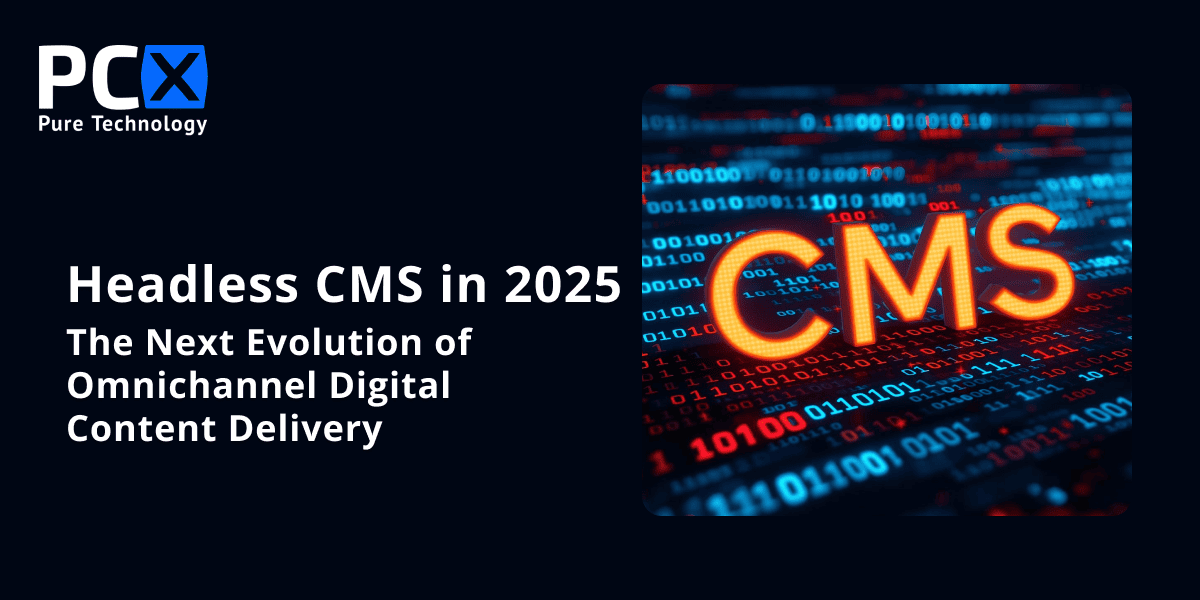

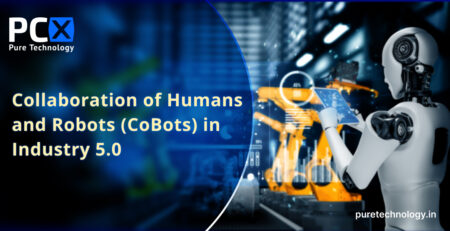
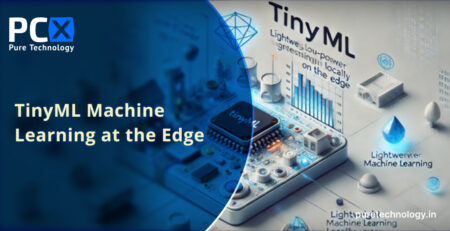
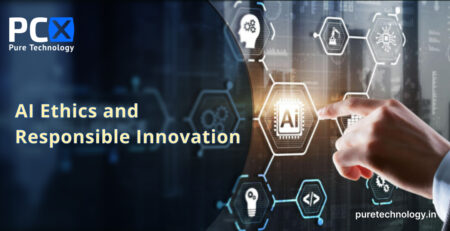

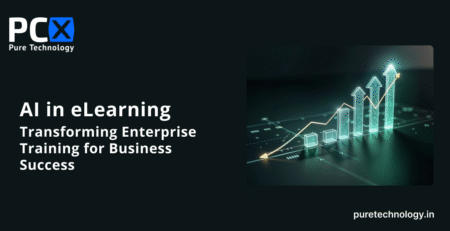
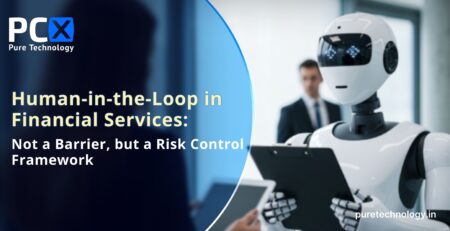

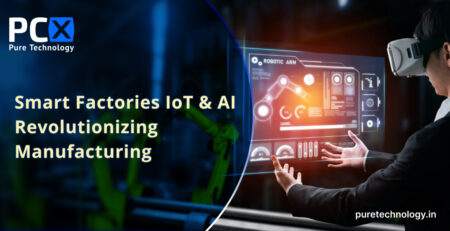

Leave a Reply